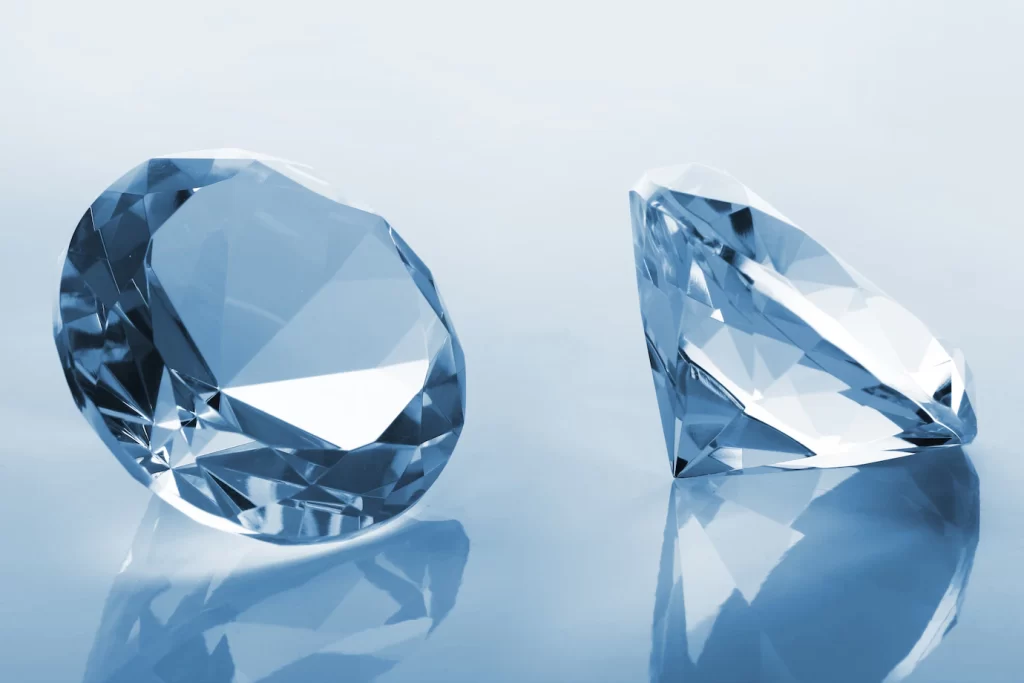A diamond is one of the most cherished jewels in the world, and now you can grow your own at home! But growing a lab-grown diamond isn’t like planting an apple seed or buying rose seeds from the store. You have to know how to grow lab-grown diamonds properly to get the best results. This article will guide you through growing CVD diamonds (which are also known as synthetic diamonds), so you can start growing your beautiful lab-grown diamonds at home in no time!
Chapter 1: So, What Are Lab Grown Diamonds?
Lab grown Diamond Manufacturer are, quite simply, diamonds that are created in a laboratory. They have the same physical and chemical properties as diamonds that are mined from the earth, but they are grown in a controlled environment. A few years ago, you only find lab-grown diamonds for sale on eBay or through private sellers. However, these days you can find them at many jewelry stores. There no difference between lab-grown and mined diamonds when it comes to quality or value; both graded by the Gemological Institute of America (GIA) using their 4Cs grading system: Cut, Clarity, Color and Carat weight (size). The best way to distinguish between lab-grown vs mined diamond is through documentation.
Chapter 2: The Difference Between Natural And Synthetic
Though they may appear identical to the naked eye, natural and synthetic diamonds are quite different. Natural diamonds are created over millions of years, deep within the Earth’s mantle. They are then brought to the surface by volcanic eruptions. Synthetic, or lab-created diamonds, on the other hand, are grown in a matter of weeks in a controlled environment. The process begins with melting industrial grade graphite (carbon) into extremely hot molten metal under high pressure.
The metal then cooled to create a tiny seed diamond. The seed diamond is subjected to extreme heat and pressure that cause it to crystallize into a diamond while floating in a liquid chemical solution made from hydrogen and methane gas (hydrocarbons). Once the diamond has been properly crystallized, it is removed from the liquid solution and heated until all traces of its hydrocarbon soup have been burned off. It is then cut, polished, and set in jewelry as desired by you, your family or friends – as well as anyone else who wishes to own one!
Chapter 3: The Three Types Of Lab-Grown Diamonds
Not all lab-grown diamonds are created equal—in fact, there are three different types of lab-grown diamonds, each with its benefits and drawbacks. Type Lab diamonds the most common type of lab-grown diamond, and they have few impurities. However, they tend to be yellowish and are not as sparkly as Type Lab diamonds. Type IIa diamonds are the second most common type of lab-grown diamond, and they are completely colorless. They also have very few impurities, but they tend to be less sparkly than Type Lab diamonds. diamonds are the least common type of lab-grown diamond, but they are the most sparkly.
Chapter 4: Choosing The Right Type For You
Not all lab created diamonds are the same. There several different types of lab grown diamonds, each with its unique properties and benefits. So, how do you know which type of lab grown diamond is right for you? Here’s a quick guide to help you make the decision.
First, consider what you using the diamond for. If you need a diamond for industrial purposes, then a CVD diamonds manufacturer is likely your best bet. CVD diamonds are extremely hard and durable, making them ideal for use in tooling and machinery. If you’re looking for a diamond for jewelry purposes, then an HPHT diamond is probably a better choice. HPHT diamonds have a much lower rate of thermal conductivity than CVD diamonds, meaning they won’t absorb heat from your skin as quickly. Plus, HPHT stones typically have greater clarity than other lab grown diamonds due to their high levels of purity.
What about natural mined diamonds? Mined or traditional mined diamond crystals start in nature but are then cut and polished into gems by human hands – this makes them more expensive but also more naturally beautiful because they retain the look of the original stone (ie: rough edges). A lot of people prefer traditional mined stones because they have distinctive natural imperfections that can’t be replicated by machines.
Chapter 5: Caring For Your Stones
Lab created diamonds are a beautiful and affordable alternative to mined diamonds, but they require a little bit of extra care to keep them looking their best. Here are a few tips on how to care for your lab grown diamonds:
- Avoid using harsh chemicals or cleaners when cleaning your diamonds. Stick to gentle soap and water instead.
- Don’t expose your diamonds to extreme heat or cold, which can cause them to crack or break.
- Be careful when storing your diamonds together, as they can scratch each other if they rub against each other too much. It’s best to keep them stored in individual containers or wrapped in a soft cloth.read about Moissanite Jewelry



